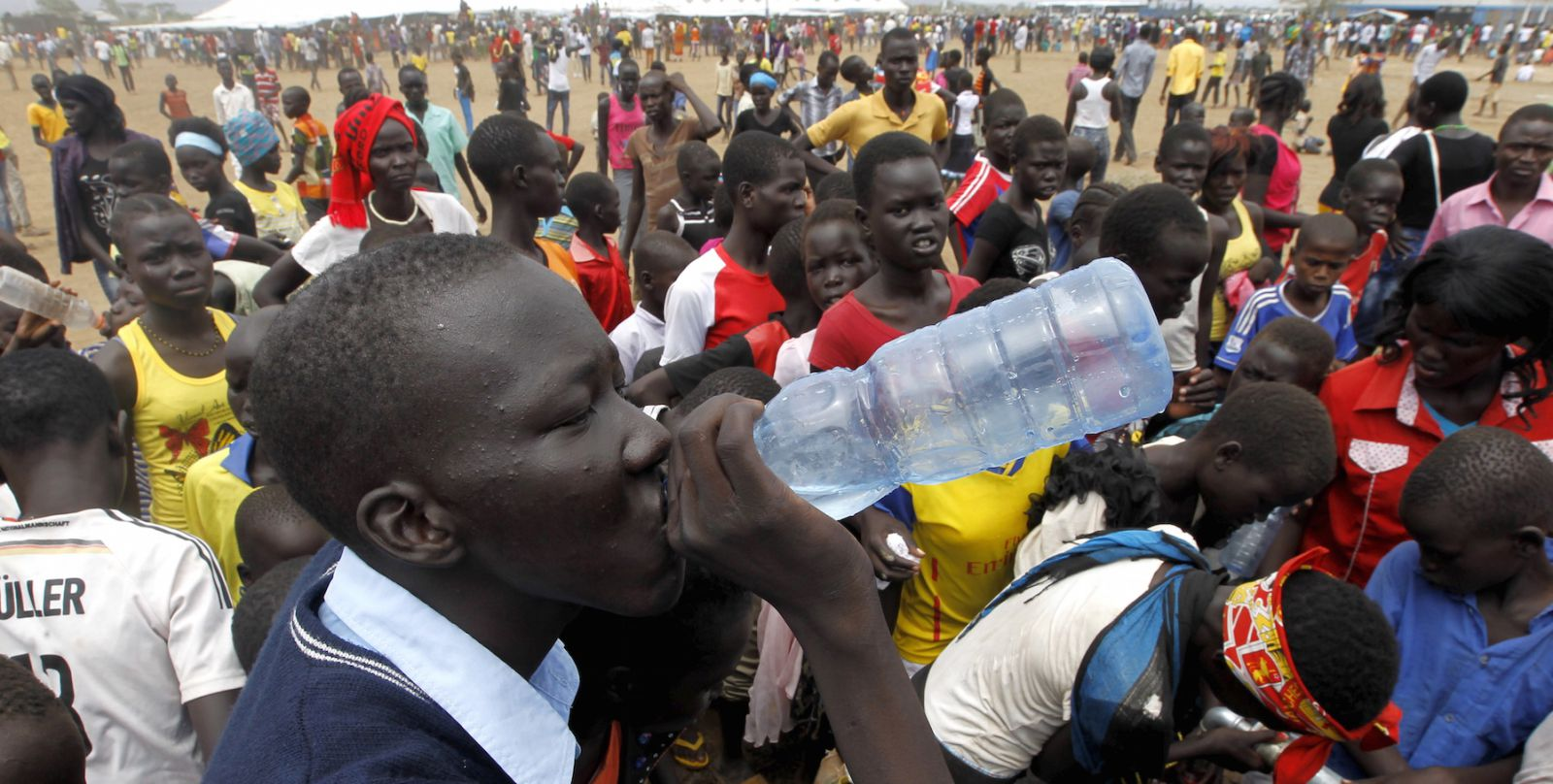As many as 358 million people in sub-Saharan Africa do not have reliable access to drinking water. Now, researchers have come up with a book on water safety whose pages can be used to filter water.
Trials done in 25 contaminated water sites in South Africa, Ghana, Kenya, Haiti, and Bangladesh showed the book, which contains tiny particles of copper and silver, could eliminate over 99% of bacteria, according to results of the project unveiled at the American Chemical Society’s national meeting that began yesterday (Aug. 16th).
Teri Dankovich, from Carnegie Mellon in Pittsburgh, who has been leading the research on what she calls “the drinkable book” said in one trial, they tested a ditch contaminated with sewage that contained millions of bacteria. “Even with highly contaminated water sources like that one, we can achieve 99.9% purity with our silver-and copper-nanoparticle paper, bringing bacteria levels comparable to those of US drinking water,” she said.
Each page is embedded with silver and copper nano-particles. The pages contain instructions in English and the local language; water is poured and filtered through the pages themselves. One page can purify up to 100 liters (about 26 gallons) of water and one book can supply one person’s drinking water needs for about four years, the researchers said.
The researchers currently make the books by hand themselves—but are now looking to ramp up production and send the books to local communities.

